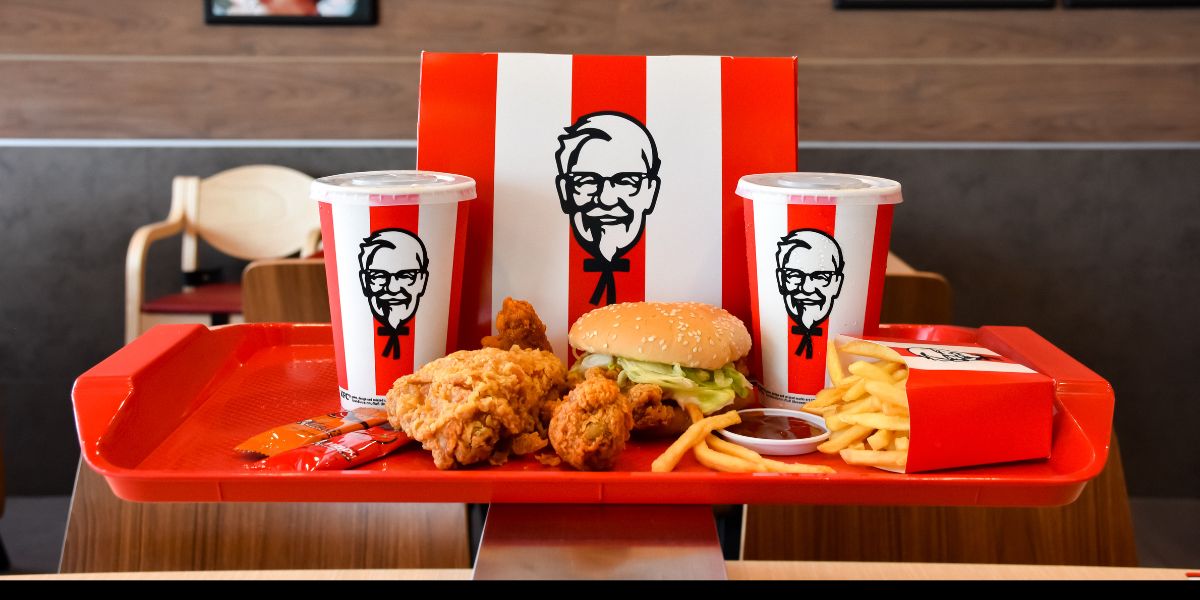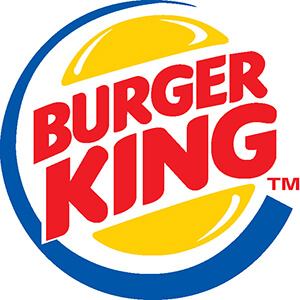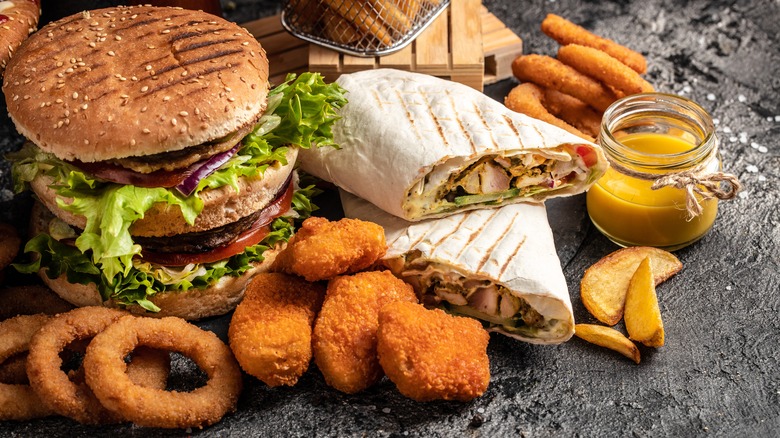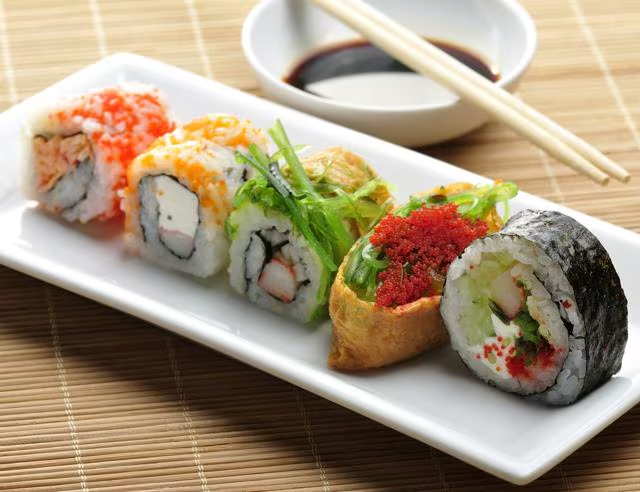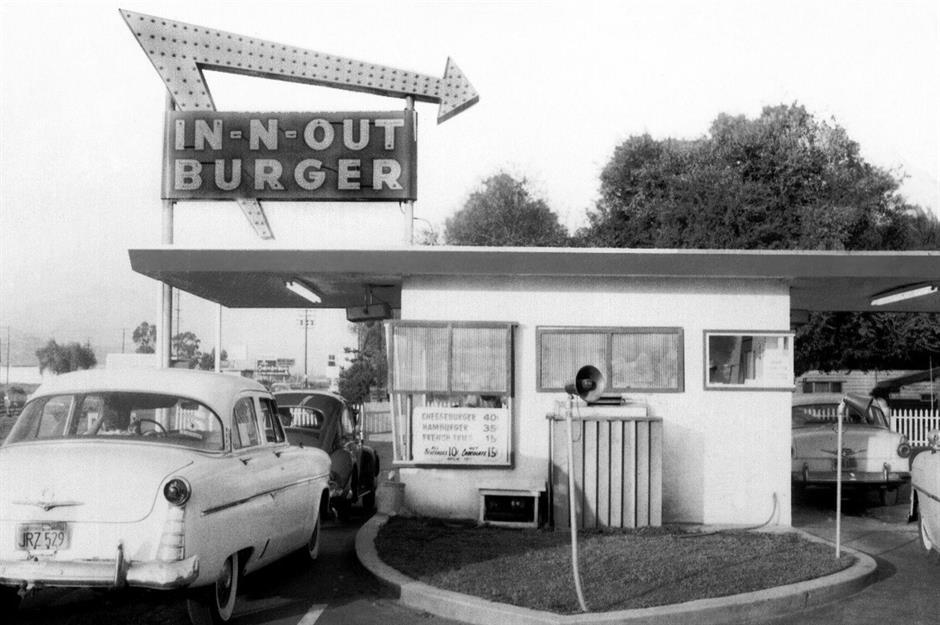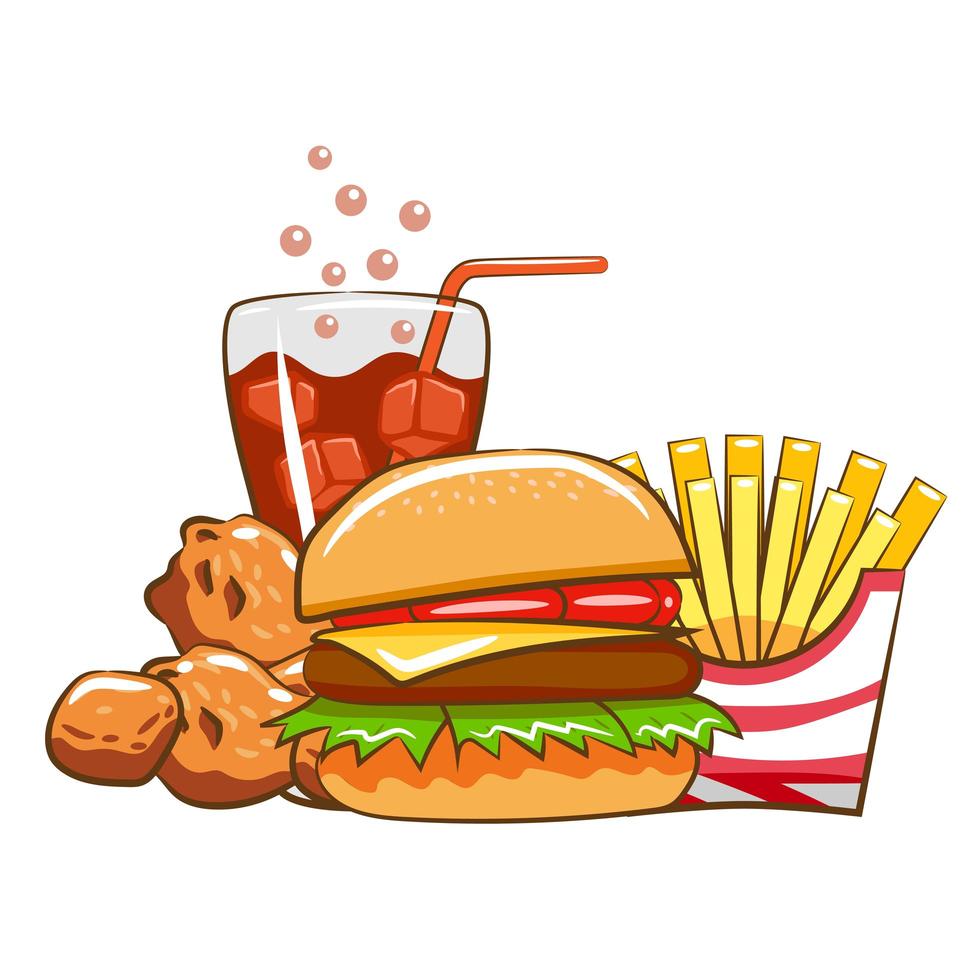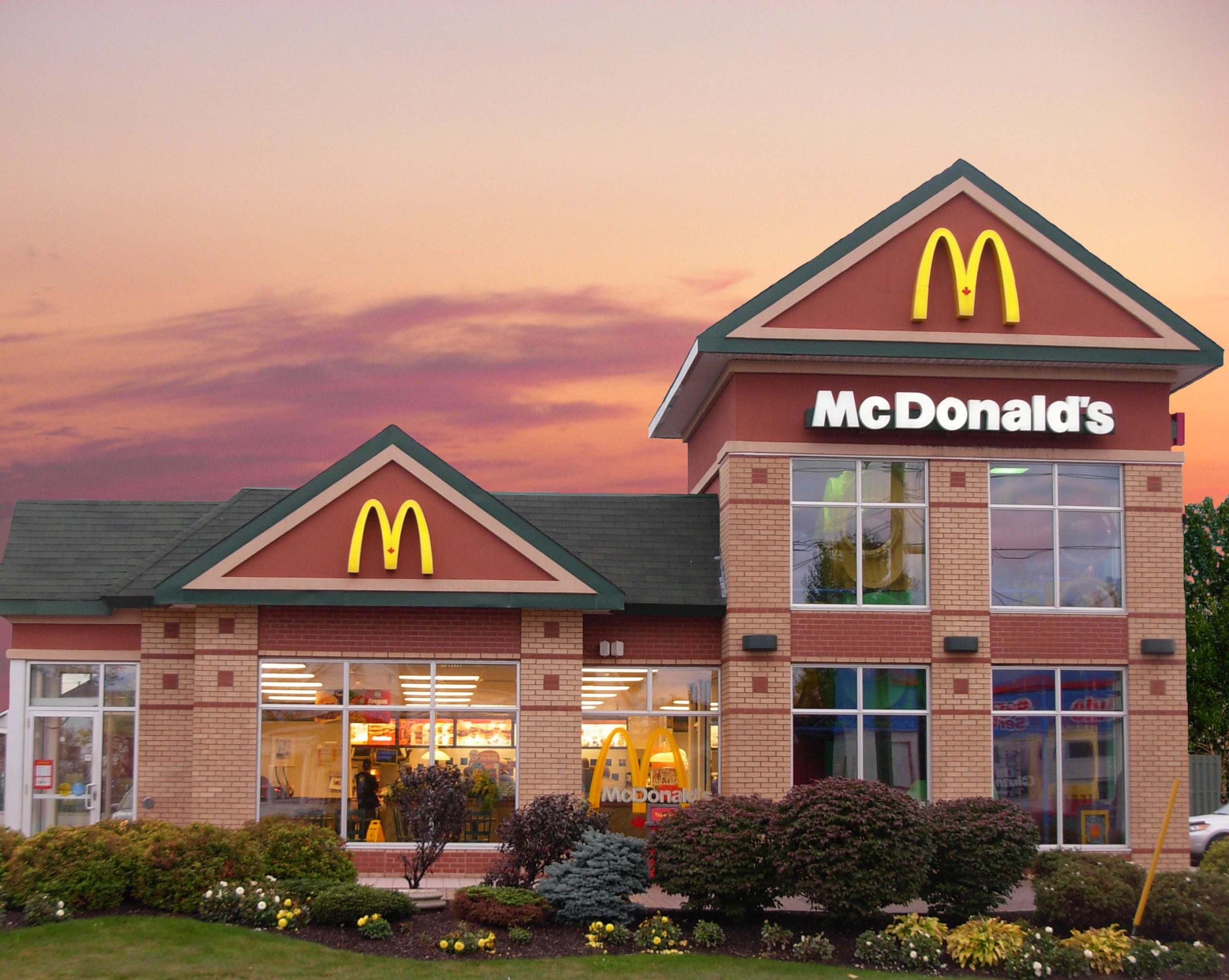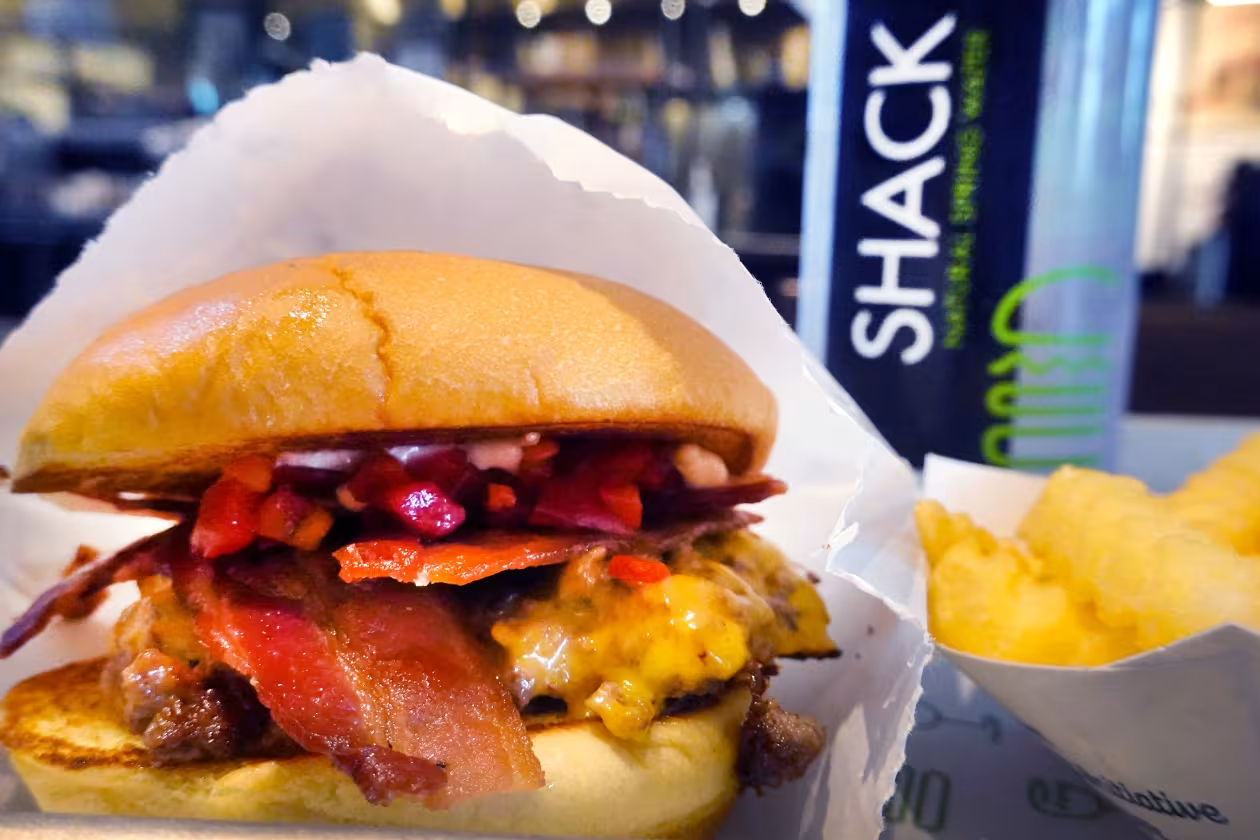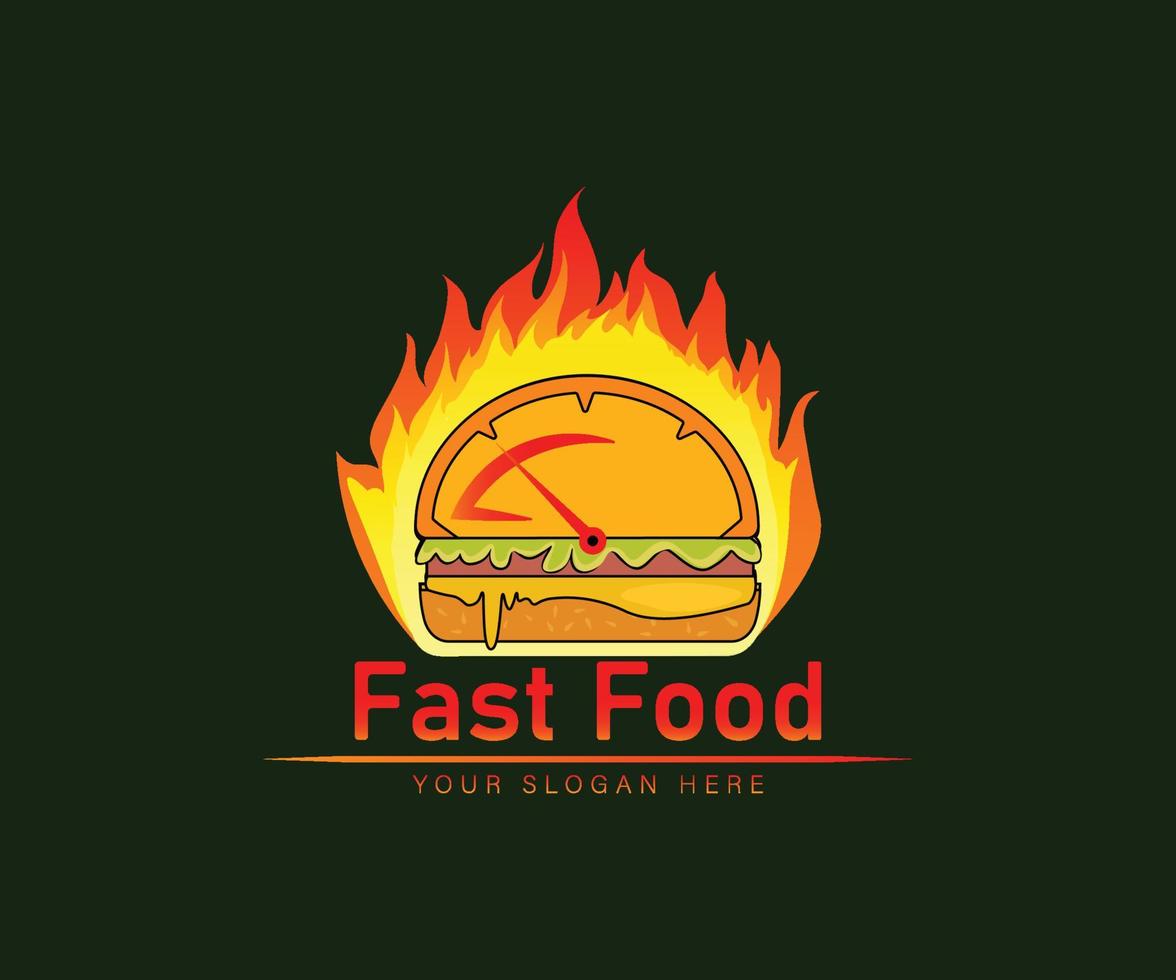KFC—brief for Kentucky Fried Chicken—is one of the maximum iconic fast-meals chains withinside the global. Famous for its crispy fried fowl and the unforgettable “eleven herbs and spices,” KFC has a long, flavorful records that spans many years and continents. But past the bucket of fowl lies a global of quirky, surprising, and downright a laugh statistics that maximum human beings don`t recognize.
So grasp a (virtual) drumstick and experience those 10 a laugh statistics approximately KFC that would simply marvel you!
1. KFC`s Secret Recipe is Actually a Big Secret
Yes, the famous “eleven herbs and spices” utilized in KFC`s authentic recipe clearly is a secret—and it`s taken very seriously. The authentic handwritten recipe, created via way of means of Colonel Harland Sanders himself, is locked away in a secure at KFC`s headquarters in Louisville, Kentucky. Only a handful of human beings definitely recognize the entire recipe, and the enterprise is going to exceptional lengths to maintain it that way.
2. Colonel Sanders Was a Real Person
Unlike a few mascots, Colonel Harland Sanders became a actual man. He opened his first fried fowl eating place in Corbin, Kentucky, withinside the 1930s. He wasn`t an real army colonel, however became given the honorary name via way of means of the governor of Kentucky in 1936 for his contributions to the state’s cuisine.
3. KFC is Hugely Popular in Japan—Especially on Christmas!
In Japan, consuming KFC on Christmas has turn out to be a country wide tradition. Since the 1970s, the fast-meals chain has advertised fried fowl as an alternative for conventional excursion turkey, that’s tough to discover in Japan. Today, many human beings in Japan pre-order KFC for Christmas weeks in advance, and contours regularly wrap across the block.
4. There`s a KFC-Inspired Video Game
Yes, you examine that right. KFC launched a relationship simulator called “I Love You, Colonel Sanders!” wherein gamers attempt to win the coronary heart of a young, anime-fashion Colonel Sanders. It`s a tongue-in-cheek, romantic parody that indicates simply how some distance KFC is inclined to move for innovative advertising and marketing.
5. The First KFC Was a Gas Station
Before Colonel Sanders opened a complete eating place, he served food to vacationers at his fueloline station diner in Corbin, Kentucky. That humble starting might ultimately develop into one of the maximum a success meals chains withinside the global.
6. KFC Once Followed Exactly eleven People on Twitter
KFC`s Twitter account famously follows simplest eleven human beings—the 5 Spice Girls and 6 men named Herb. Get it? eleven herbs and spices. The net cherished the smart joke, and the tweet that located it went viral.
7. KFC`s Logo Was Once Visible from Space
To make a ambitious statement, KFC created the global`s first brand seen from space. In 2006, the enterprise unveiled a large picture of Colonel Sanders withinside the Nevada wilderness as a part of a advertising and marketing stunt. It became over 87,000 rectangular feet!

